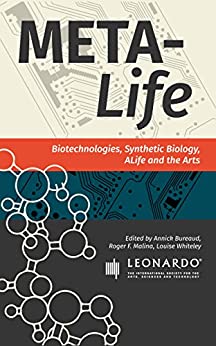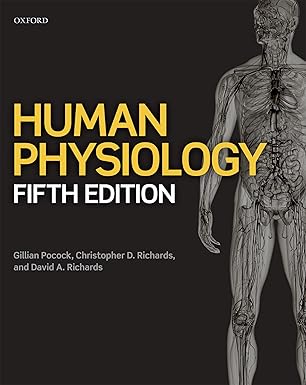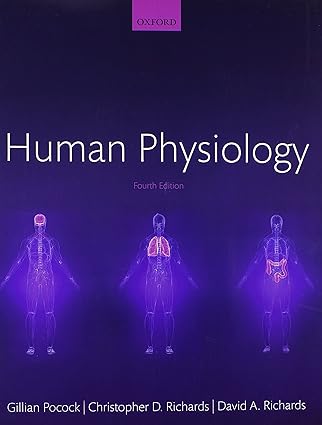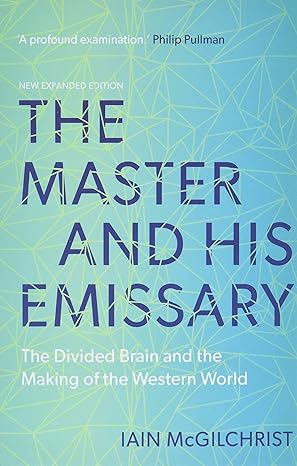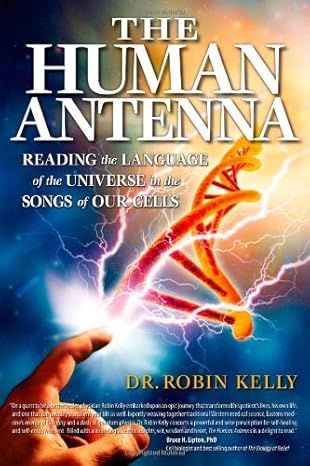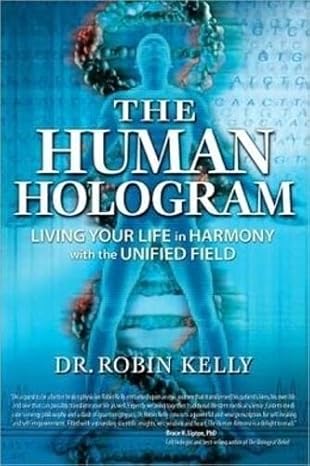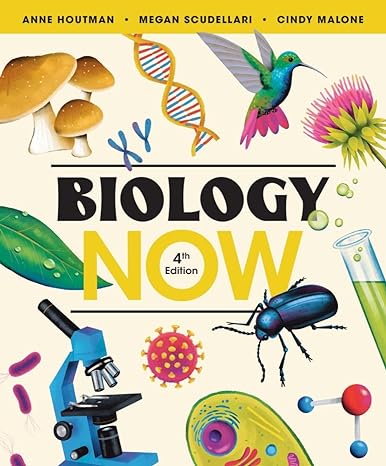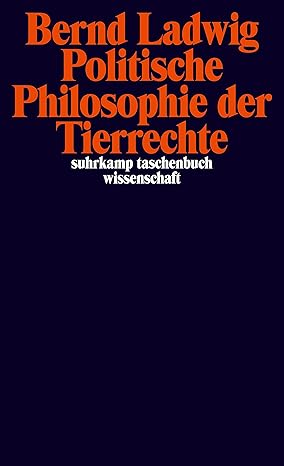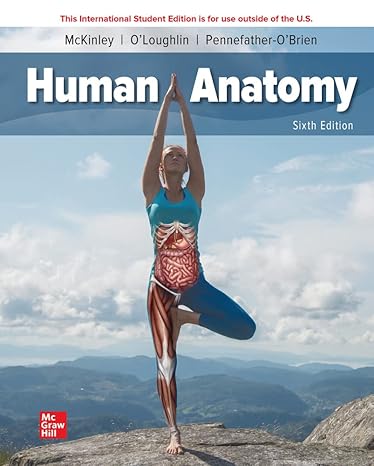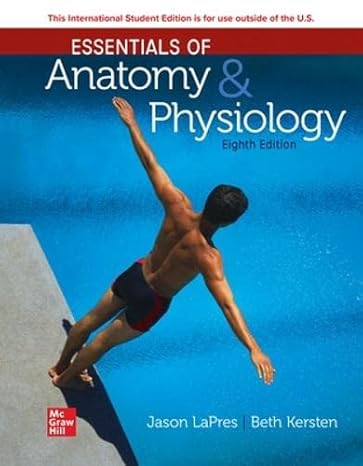This groundbreaking collection documents artists use of biotechnologies and artificial life. The editors have commission original essays by key figures across these intersecting fields and collected over 40 related articles previously published in the Leonardo journal that document the ideas and practice of artists, theoreticians and historians. Chapters include: Between Bio, Silico and Synthetic: Of Life and Arts; Artificial Life and the Arts; Bioart; Bio-Fiction, Design, Architecture; DIY Biology-Biohacking.
Artists have opened new avenues in the art world by employing these developments in biotechnology, synthetic biology and Artificial Life; going from inanimate to autonomous objects to living creatures; exploring the thin border between animate and inanimate; confronting the grown, the evolved, the born and the built; and raising aesthetic but also social, political and ethical issues.
New forms of ‘exo-life’ may not arrive on Earth from outerspace by hitching a ride on a meteorite, but instead come out of the lab, designed by scientists – or perhaps artists – weaving together biology and computing in a petri dish or bioreactor.
Over the last fifty years our ideas about the nature of life have changed dramatically. Revolutionary advances in genetics and molecular biology have given us new insights into how carbon based life on our planet originates and functions. In more recent years the development of synthetic biology has dramatically expanded our ability to design and modify life forms. At the same time, disruptive developments in computing technologies have led to the possibility of generating digitally-based artificial life. And outside traditional institutions, emerging DIY, bio-hacking and citizen science movements have begun to appropriate laboratory technologies, challenging ideas about the governance of the life sciences.
Suzanne Anker, David Benqué, Oron Catts & Ionat Zurr, Alessandro Delfanti, Tagny Duff, Cathal Garvey, George Gessert, Eduardo Kac, Denisa Kera, Marta de Menezes, Jane Prophet, Tom Ray, Ken Rinaldo, Edward Shanken, Christa Sommerer & Laurent Mignonneau, Polona Tratnik, Nell Tenhaaf, and Adam Zaretsky are among the 45 authors.
A web companion to this e-book is available at: http://synthbioart.texashats.org
The Meta-Life e-book is a project by Leonardo/Olats (www.olats.org) as an outcome of the European Studiolab Project (studiolabproject.eu/), supported by the European Commission Seventh Framework Programme, in partnership with Leonardo/ISAST (www.leonardo.info) and MIT Press and in collaboration with ATEC at the University of Texas at Dallas (http://utdallas.edu/atec/).
چکیده فارسی
این مجموعه پیشگامانه استفاده هنرمندان از بیوتکنولوژی و زندگی مصنوعی را مستند می کند. ویراستاران مقالههای اصلی را توسط افراد کلیدی در این زمینههای متقاطع سفارش دادهاند و بیش از ۴۰ مقاله مرتبط را که قبلاً در مجله Leonardo منتشر شدهاند جمعآوری کردهاند که ایدهها و عملکرد هنرمندان، نظریهپردازان و مورخان را مستند میکند. فصل ها عبارتند از: Between Bio، Silico و Synthetic: Of Life and Arts. زندگی مصنوعی و هنر؛ Bioart; بیو تخیلی، طراحی، معماری; DIY Biology-Biohacking.
هنرمندان با به کارگیری این پیشرفت ها در بیوتکنولوژی، زیست شناسی مصنوعی و زندگی مصنوعی راه های جدیدی را در دنیای هنر باز کرده اند. رفتن از بی جان به اشیاء مستقل به موجودات زنده. کاوش در مرز نازک بین جاندار و بی جان؛ رویارویی با رشد یافته، تکامل یافته، متولد شده و ساخته شده؛ و طرح مسائل زیبایی شناختی بلکه اجتماعی، سیاسی و اخلاقی.
اشکال جدید «زندگی برونگرا» ممکن است با سوار شدن بر شهابسنگ از فضا به زمین نرسند، اما در عوض از آزمایشگاه بیرون بیایند، توسط دانشمندان - یا شاید هنرمندان - طراحی شده و زیستشناسی و محاسبات را در یک ظرف پتری یا بیوراکتور طراحی کردهاند. .
در طول پنجاه سال گذشته ایده های ما در مورد ماهیت زندگی به طرز چشمگیری تغییر کرده است. پیشرفتهای انقلابی در ژنتیک و زیستشناسی مولکولی به ما بینش جدیدی در مورد چگونگی پیدایش و عملکرد حیات مبتنی بر کربن در سیاره ما داده است. در سال های اخیر، توسعه زیست شناسی مصنوعی توانایی ما را برای طراحی و اصلاح اشکال حیات به طور چشمگیری افزایش داده است. در عین حال، پیشرفتهای مخرب در فناوریهای محاسباتی به امکان تولید حیات مصنوعی مبتنی بر دیجیتال منجر شده است. و خارج از نهادهای سنتی، جنبشهای نوظهور DIY، هک زیستی و شهروندی شروع به استفاده از فناوریهای آزمایشگاهی مناسب کردهاند و ایدههای چالش برانگیز در مورد مدیریت علوم زیستی را به چالش میکشند.
سوزان آنکر، دیوید بنکو، اورون کتس و ایونات زور، الساندرو دلفانتی، تاگنی داف، کاتال گاروی، جورج گسرت، ادواردو کاک، دنیسا کرا، مارتا د منزس، جین پیغمبر، تام ری، کن رینالدو، ادوارد شانکن، کریستا سامرر و لوران Mignonneau، Polona Tratnik، Nell Tenhaaf و Adam Zaretsky از جمله 45 نویسنده هستند.
یک همراه وب برای این کتاب الکترونیکی در دسترس است: http://synthbioart.texashats.org
کتاب الکترونیکی Meta-Life پروژه ای است توسط Leonardo/Olats (www.olats.org) به عنوان یک نتیجه از پروژه Studiolab اروپایی (studiolabproject.eu/)، که توسط برنامه چارچوب هفتم کمیسیون اروپا، با مشارکت Leonardo/ پشتیبانی می شود. ISAST (www.leonardo.info) و MIT Press و با همکاری ATEC در دانشگاه تگزاس در دالاس (http://utdallas.edu/atec/).
ادامه ...
بستن ...
B00LI69BQO
ادامه ...
بستن ...
